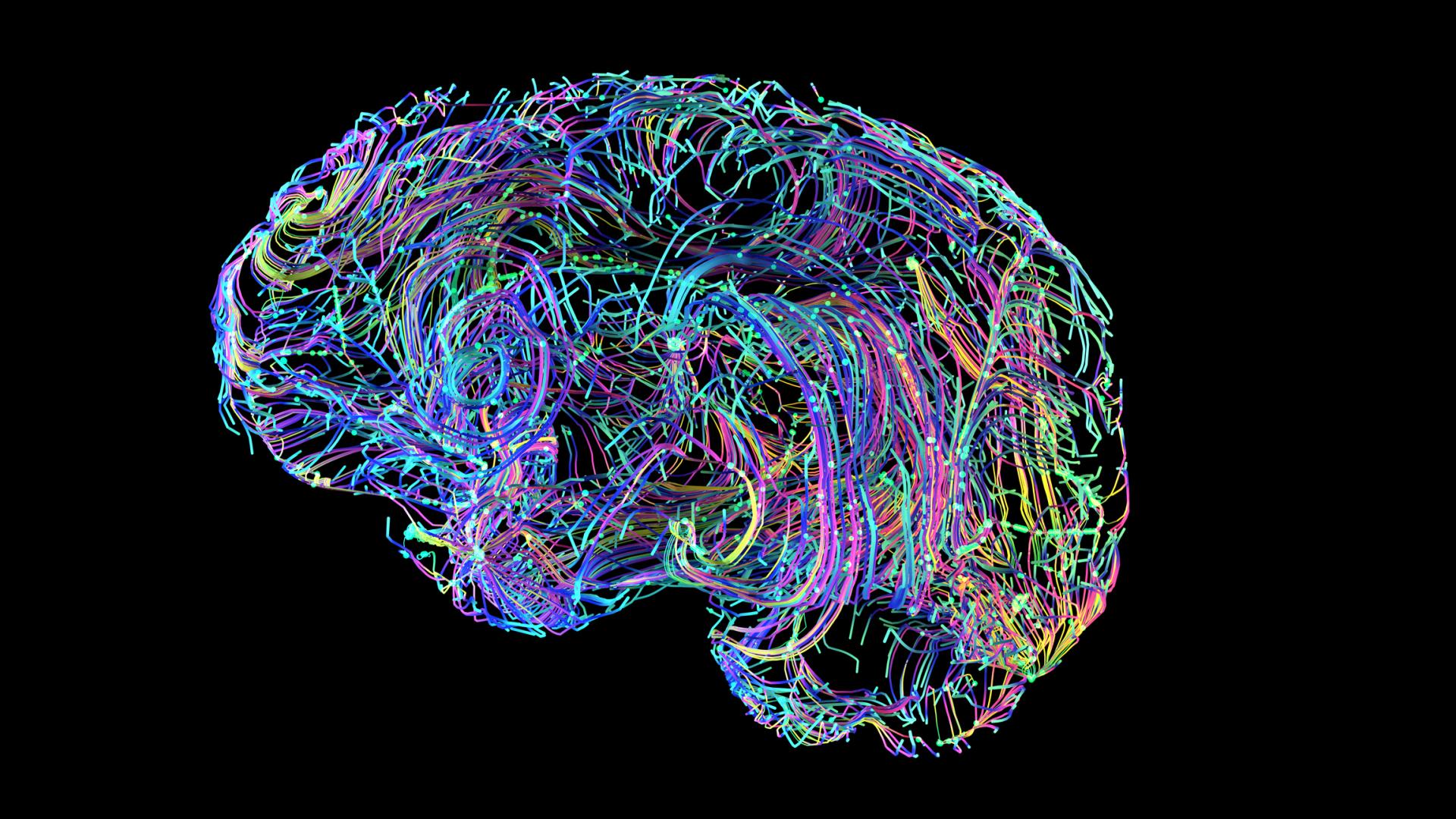
Alzheimer’s disease is a progressive neurodegenerative disorder that profoundly impacts brain health, leading to cognitive decline and memory loss. The effects of this disease extend beyond the bounds of normal aging and cause significant damage to the brain.
The effects of Alzheimer’s can be seen at every scale—from the tiniest brain cell to the entirety of the brain. To understand how Alzheimer’s affects the brain, it’s helpful to first review the different types of brain cells. They can be broadly categorized based on the roles of communicators, facilitators, janitors, and first responders:
- The Communicators—Neurons: These nerve cells underlie the most basic to the most complex activities of daily life. Neurons create telephone chains that can share messages throughout one brain area and across the many regions of the brain.
- The Facilitators—Oligodendrocytes: Provide neurons with a specialized fatty insulation so they can share messages faster.
- The Janitors—Astrocytes: As the guardians of brain balance, astrocytes help get rid of waste and maintain a harmonious environment. They also support their fellow brain cells, neurons and microglia, through additional activities in damage response, resource recycling, and more.
- The First Responders—Microglia: As the immune system of the brain, microglia respond to any cell damage or foreign invaders that may appear in the environment. They can release chemicals that promote cell healing and those that are a key part of immune response.
The normal process of aging and age-related diseases can impact each of these cells and present challenges to brain health. Below, learn some of the many ways aging and Alzheimer’s can affect the brain, and meet a few of the scientists funded by BrightFocus’ Alzheimer’s Disease Research program using this knowledge to fight back.
A Shrinking Brain
The brain experiences some shrinking with normal aging and significantly more in age-related diseases. With Alzheimer’s, a significant amount of shrinkage occurs because of damage and resulting degeneration from the disease. Alzheimer’s actively attacks brain cells, impairing their function and eventually leading to cell death.
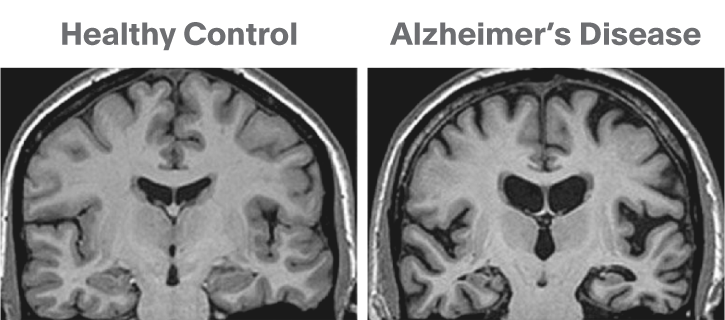
BrightFocus Alzheimer’s Disease Research grantee, Dr. Zahra Shirzadi, is identifying imaging patterns for injury to the white parts of the brain (shown above) and evaluating their use for predicting Alzheimer’s risk. Learn more.
Buildup of Amyloid-Beta and Tau
Dr. Alois Alzheimer first discovered Alzheimer’s after observing dense plaques and tangle-like structures in the brain of a middle-aged patient who had experienced memory loss and other symptoms. Plaques and tangles do appear in the brains of elderly, non-demented individuals—but to observe this pathology in a younger patient was peculiar. Scientists would later come to find that these Alzheimer’s hallmarks are the end-product from a decades-long buildup of two proteins: amyloid-beta (plaques) and tau (tangles). Smaller forms of these proteins, called oligomers, may begin damaging the brain long before any symptoms appear.
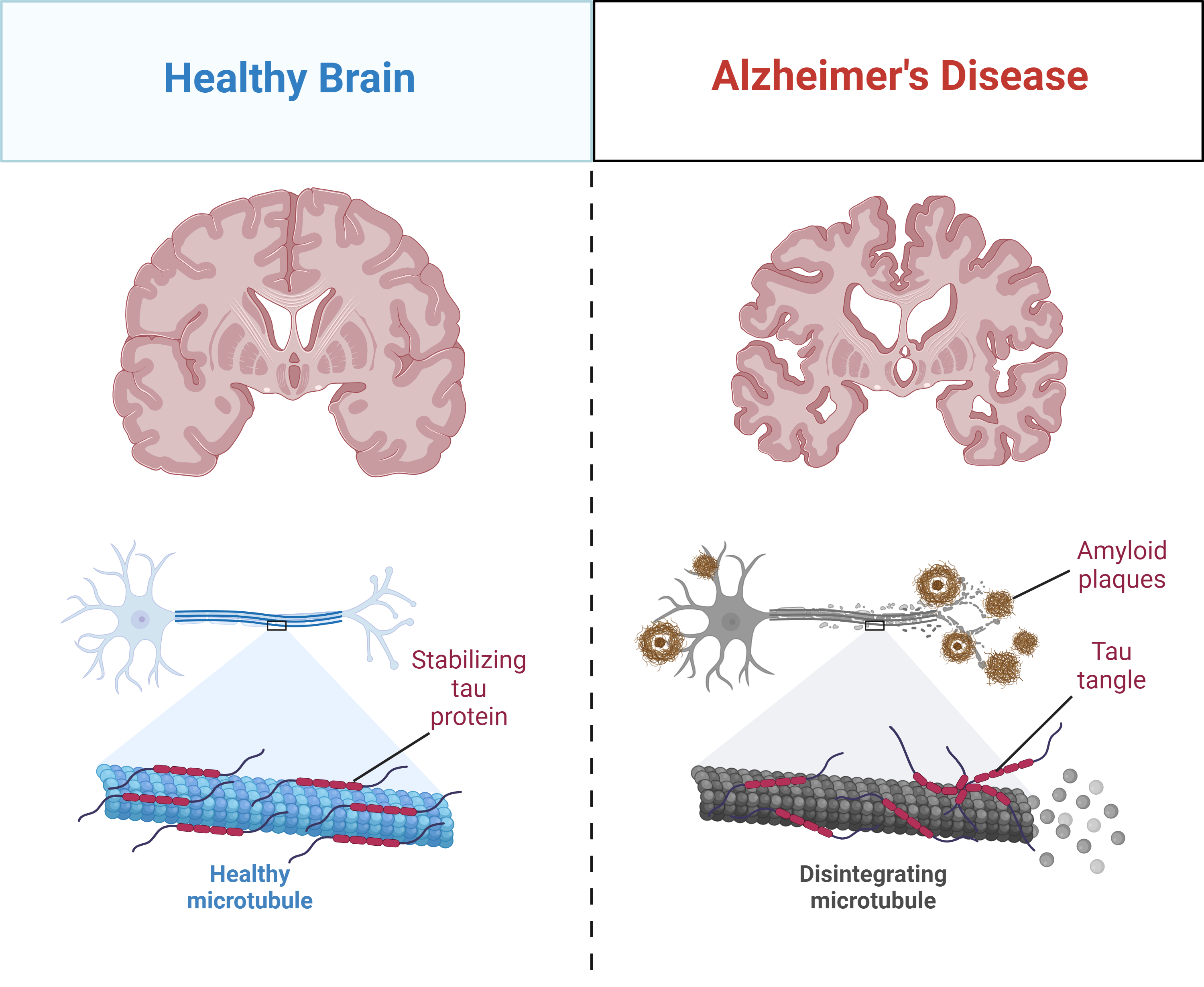
Scientists at C2N Diagnostics used their scientific understanding of amyloid-beta and tau in Alzheimer’s to create a first-of-its-kind blood test with early support from Alzheimer’s Disease Research program. Learn more.
Inflammation Unleashed
Inflammation is a core part of the immune system response for the brain and body. With age, low-grade chronic inflammation can develop—a phenomenon scientists call inflamm-aging. This process can make the brain more vulnerable to age-related diseases, especially if there is a history of other inflammatory events like a traumatic brain injury. Alzheimer’s-related damage to brain cells causes a significant increase in inflammation— a double-edged sword that can cause further damage.
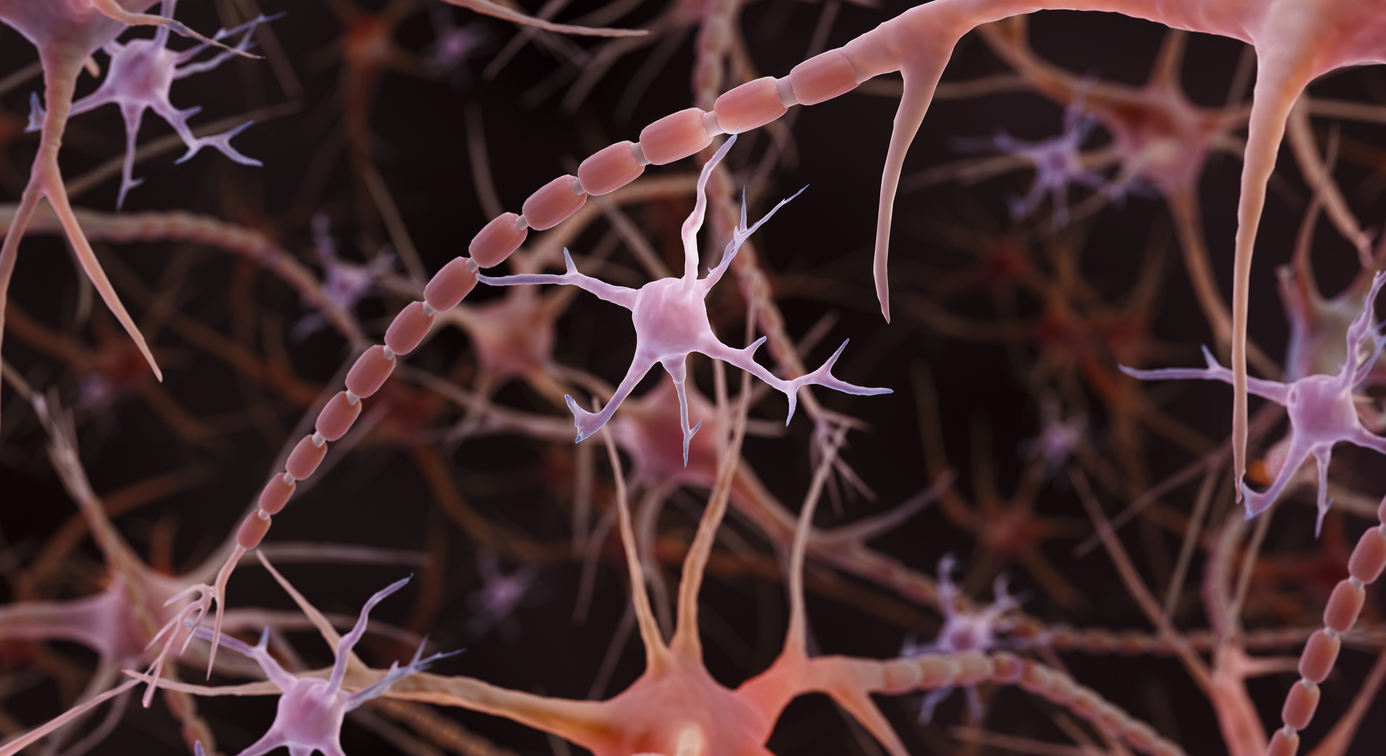
Alzheimer’s Disease Research grantee Dr. David Gate is investigating how immune cells in the blood and an individual’s environment can contribute to inflammation in Alzheimer’s. Learn more.
A Loss of Proper Brain Blood Flow
Blood carries essential components to the brain, like oxygen and sugar (glucose), providing energy to support brain activity. Brain blood flow decreases normally with age, and even more with Alzheimer’s. The decline seen in Alzheimer’s can significantly impact brain activity—making even the most basic cell functions difficult. This can have wide-ranging implications for cells and overall brain health and likely contributes to cognitive decline.
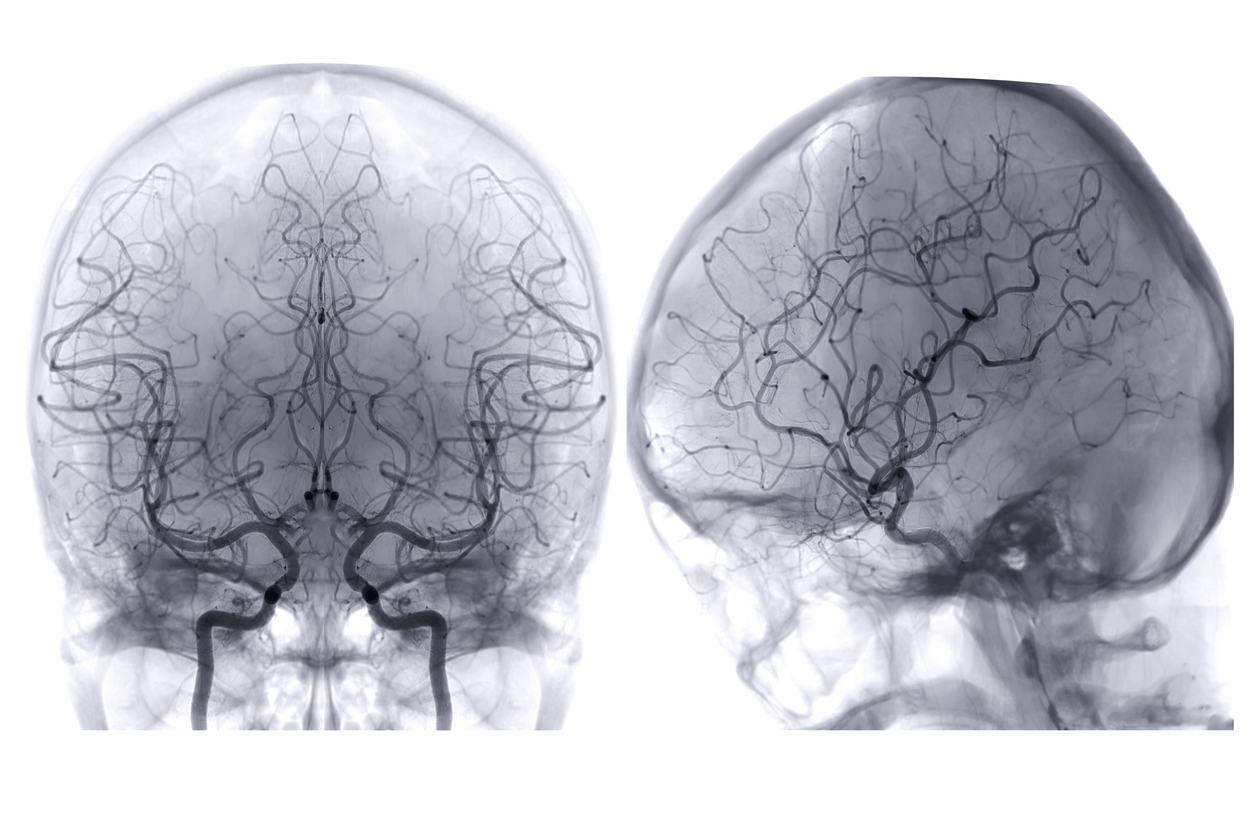
Alzheimer’s Disease Research grantee Dr. Marta Casquero-Veiga is developing new imaging tools to identify small brain blood clots that develop in Alzheimer’s. Learn more.
Running Low on Brain Fuel
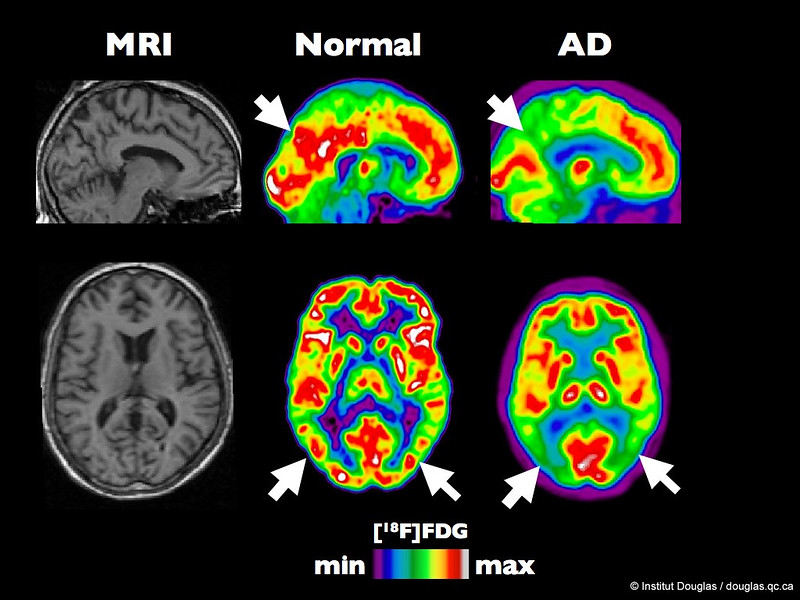
With grant funding from Alzheimer’s Disease Research, Dr. Na Zhao investigated how an Alzheimer’s risk gene impairs brain health and looked to insulin as a potential treatment. Learn more.
Waste Removal
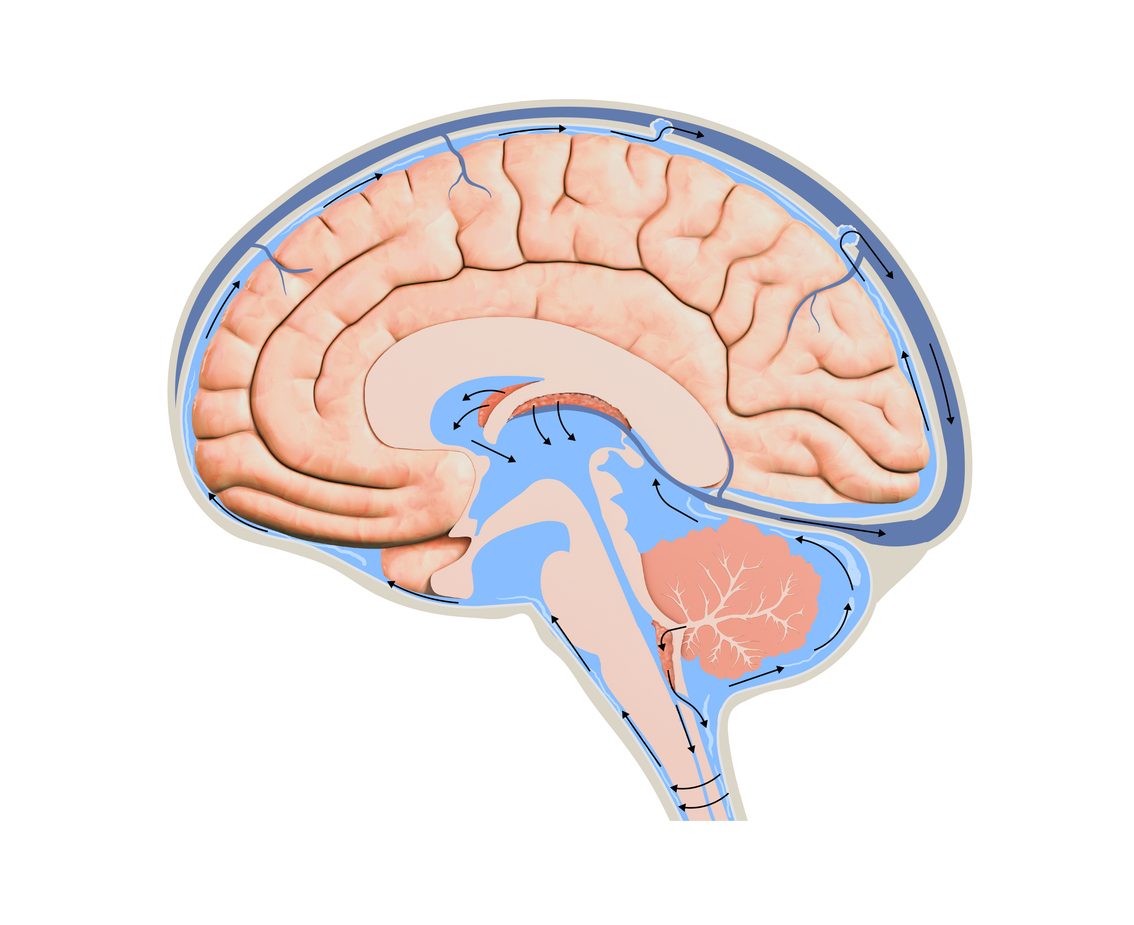
Dr. Christopher Morrone is using his funding from Alzheimer’s Disease Research to study how a lack of sleep leads to protein buildup in the brain. Learn more.
Summary
Alzheimer’s takes the consequences of normal aging and turns up the intensity to an unbearable level for the brain. Many of the brain’s basic mechanisms like first aid, getting enough fuel, removing waste, and more are turned on themselves and instead, contribute to disease progression.
By understanding the ins-and-outs of Alzheimer’s, researchers can design new detection strategies and treatments. BrightFocus’ Alzheimer’s Disease Research program supports these scientists in propelling next-generation science toward a cure for Alzheimer’s. Discover how BrightFocus is driving innovation in diagnosis and treatment here.
About BrightFocus Foundation
BrightFocus Foundation is a premier global nonprofit funder of research to defeat Alzheimer’s, macular degeneration, and glaucoma. Through its flagship research programs — Alzheimer’s Disease Research, Macular Degeneration Research, and National Glaucoma Research— the Foundation has awarded nearly $300 million in groundbreaking research funding over the past 51 years and shares the latest research findings, expert information, and resources to empower the millions impacted by these devastating diseases. Learn more at brightfocus.org.
Disclaimer: The information provided here is a public service of BrightFocus Foundation and is not intended to constitute medical advice. Please consult your physician for personalized medical, dietary, and/or exercise advice. Any medications or supplements should only be taken under medical supervision. BrightFocus Foundation does not endorse any medical products or therapies.
- Brain Health










